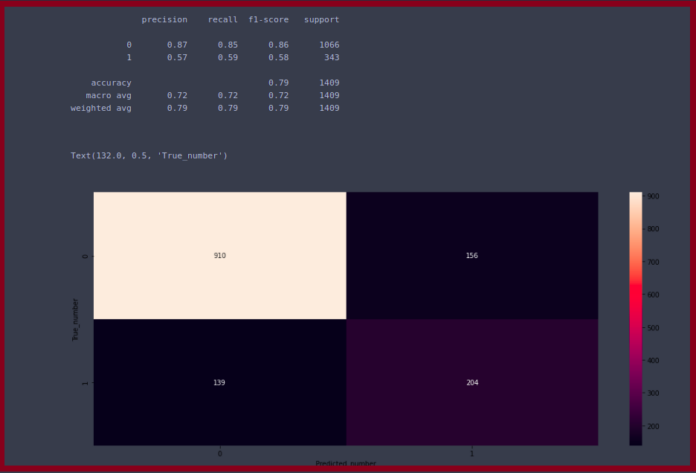With the help of sympy.stats.PowerFunction() method, we can get the continuous random variable which represents the Power Function distribution.
Syntax :
sympy.stats.PowerFunction(name, alpha, a, b)
Where, a, b and alpha are real number.Return : Return the continuous random variable.
Example #1 :
In this example we can see that by using sympy.stats.PowerFunction() method, we are able to get the continuous random variable representing power function distribution by using this method.
# Import sympy and PowerFunction from sympy.stats import PowerFunction, density from sympy import Symbol, pprint z = Symbol("z") alpha = Symbol("alpha", positive = True) a = Symbol("a", positive = True) b = Symbol("b", positive = True) # Using sympy.stats.PowerFunction() method X = PowerFunction("x", alpha, a, b) gfg = density(X)(z) print(gfg) |
Output :
(-2*a + 2*z)/(-a + b)**2
Example #2 :
# Import sympy and PowerFunction from sympy.stats import PowerFunction, density, variance from sympy import Symbol, pprint z = Symbol("z") alpha = 2a = 0b = 1 # Using sympy.stats.PowerFunction() method X = PowerFunction("x", alpha, a, b) gfg = density(X)(z) pprint(variance(gfg)) |
Output :
1/18


